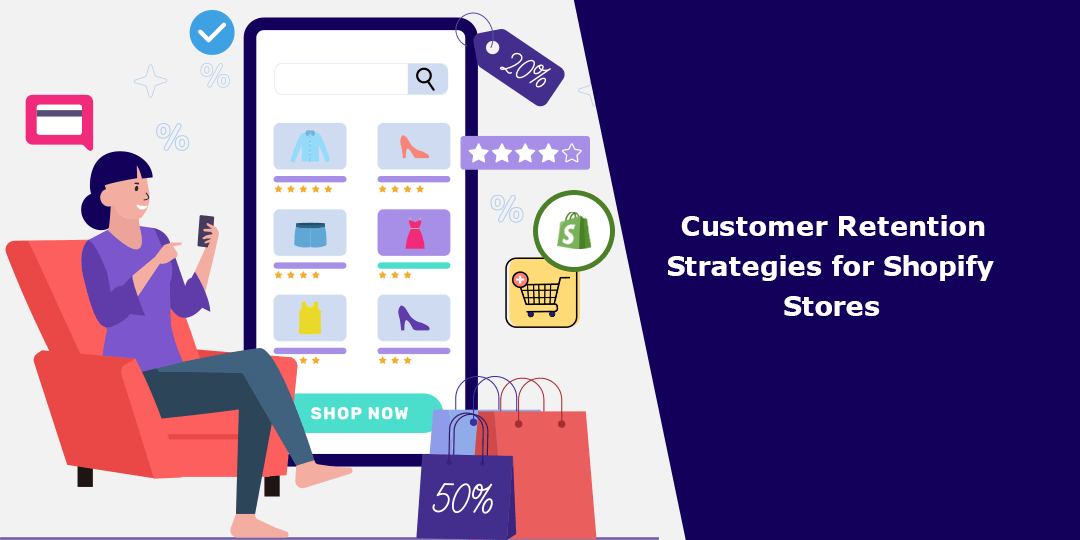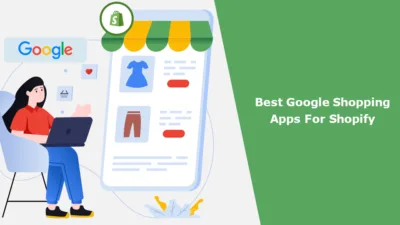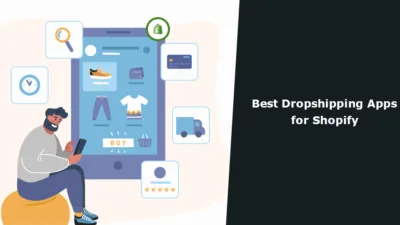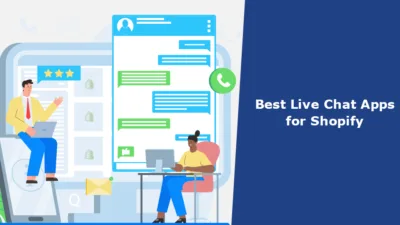Customer retention is crucial for the long-term success of any Shopify store. While attracting new customers is important, it’s equally essential to keep existing customers engaged and satisfied. Loyal customers not only make repeat purchases but can also become brand advocates.
Selling to existing customers has a success rate of 60-70%, while for new customers, it’s only 5-20%. Retaining existing customers is very important for the growth of the business. Let’s find out what customer retention is, why it is important, how it is measured, and strategies to improve customer retention for your Shopify store.
What is Customer Retention?
Customer retention refers to the practice of keeping existing customers engaged with and loyal to a business or brand over an extended period. It is a critical aspect of a company’s growth and profitability strategy, as it focuses on nurturing and maintaining relationships with customers after their initial purchase. Customer retention involves various strategies and efforts aimed at ensuring that customers continue to do business with a company and stay satisfied with its products or services.
Why is Customer Retention Vital for eCommerce Business?
Customer retention is vital for your e-commerce business for several compelling reasons:
Steady Revenue Stream
Existing customers are more likely to make repeat purchases, which provides a consistent and predictable revenue stream for your business. This steady income can help stabilize your financial health and reduce the reliance on acquiring new customers constantly.
Cost-Efficiency
Acquiring new customers can be expensive, involving marketing, advertising, and promotional efforts. In contrast, retaining existing customers often requires fewer resources and is more cost-effective. It’s generally cheaper to market to and serve an existing customer than to acquire a new one.
Higher Average Order Value
Repeat customers tend to spend more on each transaction. They are familiar with your brand, trust your products, and are more likely to explore higher-priced items or bundles. This can significantly boost your average order value (AOV) and overall revenue.
Brand Loyalty and Advocacy
Loyal customers are more likely to become advocates for your brand. They’ll recommend your products to friends and family, write positive reviews, and engage with your brand on social media. These word-of-mouth recommendations can attract new customers at a lower acquisition cost.
Competitive Advantage
Customer retention can set you apart from your competitors. When you provide excellent service, build strong relationships, and continuously meet or exceed customer expectations, you create a competitive advantage that can be hard for others to replicate.
Reduced Marketing Pressure
When you focus on retaining customers, you don’t need to constantly invest in aggressive marketing campaigns to maintain sales levels. This reduces the pressure to continually outspend competitors on advertising and allows you to allocate resources more strategically.
Valuable Feedback and Data
Repeat customers provide valuable feedback and data that can help you improve your products and services. Their insights can guide product development, pricing strategies, and marketing efforts, making your business more customer-centric.
Cross-Selling and Upselling Opportunities
Existing customers are more receptive to cross-selling and upselling efforts. By understanding their preferences and behavior, you can recommend complementary products or premium upgrades, further increasing their lifetime value.
Long-Term Sustainability
A focus on customer retention contributes to the long-term sustainability of your e-commerce business. While acquiring new customers is important, they become the foundation for future growth and profitability. Retained customers form a stable customer base that can support your business for years to come.
Some Common KPIs for Measuring Customer Retention
Measuring customer retention is essential for evaluating the success of your retention strategies and ensuring the long-term health of your business. Key Performance Indicators (KPIs) are metrics that help you track and assess customer retention effectively. Here are some common KPIs for measuring customer retention:
Average Customer Lifetime Value (CLV):
- Definition: The average revenue generated by a customer throughout their relationship with your business.
- Formula: Total Revenue / Number of Customers
- Importance: CLV helps you understand the long-term value of your customers. It’s a crucial KPI for assessing customer retention because it considers the value a customer brings over time, not just from individual transactions.
Repeat Purchase Rate:
- Definition: The percentage of customers who make more than one purchase within a specific period.
- Formula: (Customers with Multiple Purchases / Total Customers) x 100
- Importance: This KPI indicates how successful you are at encouraging repeat business. A high repeat purchase rate suggests strong customer retention.
Purchase Frequency:
- Definition: The average number of purchases made by a customer within a specific period.
- Formula: Total Purchases / Number of Customers
- Importance: Purchase frequency provides insights into customer behavior and how often they return to make a purchase. It’s an indicator of customer engagement and loyalty.
Average Order Value (AOV):
- Definition: The average amount a customer spends on each transaction.
- Formula: Total Revenue / Number of Orders
- Importance: AOV helps measure the value of each customer interaction. Increasing AOV can contribute to higher revenue and better customer retention by maximizing the value of each sale.
8 Customer Retention Strategies for Shopify Stores
Personalized Email Marketing:
Leverage customer data to send personalized email campaigns. Send product recommendations based on their past purchases, offer exclusive discounts, and keep them informed about new arrivals or promotions. Email automation tools like Klaviyo or Mailchimp can help you streamline this process.
Learn – How to Integrate Email Marketing with Shopify
Loyalty Programs:
Implement a loyalty program that rewards customers for repeat purchases. Offer points for every purchase, and let customers redeem them for discounts or free products. Apps like Smile.io can help you set up and manage loyalty programs seamlessly.
Exceptional Customer Service:
Providing top-notch customer service can go a long way in retaining customers. Respond promptly to inquiries, resolve issues efficiently, and make the shopping experience enjoyable. Consider using helpdesk software like Gorgias to streamline customer support.
Social Media Engagement:
Stay active on social media platforms where your customers are most active. Share user-generated content, run contests, and engage with your audience through comments and direct messages. Platforms like Hootsuite can help you manage your social media presence effectively.
Post-Purchase Follow-ups:
Send follow-up emails or SMS messages after a customer makes a purchase. Ask for feedback, reviews, and provide helpful tips or product guides. This not only encourages repeat business but also helps you improve your offerings.
Segmented Marketing:
Segment your customer base based on their behavior and preferences. This allows you to send targeted messages and offers to specific groups. Shopify’s built-in customer segmentation and marketing automation features can assist with this.
Abandoned Cart Recovery:
Many customers abandon their shopping carts before completing a purchase. Use Shopify’s abandoned cart recovery tools to send automated reminders and incentives to encourage them to finalize their orders.
Learn – How to Set Up Abandoned Cart Recovery in Shopify
Subscription Models:
Consider offering subscription options for products that make sense in your niche. Subscriptions provide a predictable revenue stream and encourage ongoing customer engagement. Apps like ReCharge can help set up subscription services on Shopify.
Wrapping Up
Customer retention should be a central focus for any Shopify store owner. By combining these strategies and tailoring them to your specific Shopify store and target audience, you can enhance customer retention, build brand loyalty, and ultimately drive sustained business growth. Remember that the key to successful customer retention is building lasting relationships based on trust and value. Continuously monitor and adjust your retention efforts based on customer feedback and performance data.
Alternatively, you can Hire SEO Experts to help you retain customers and succeed in your eCommerce business in this competitive world.












